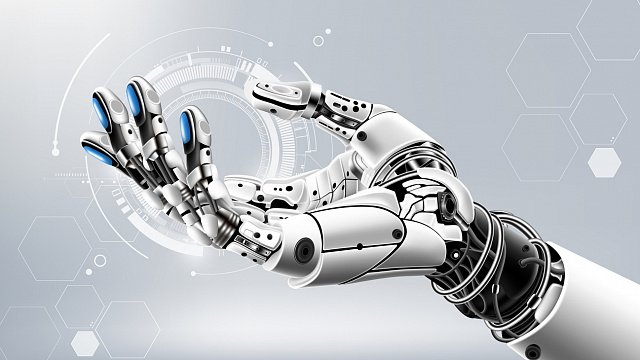02.07.25
10:00
China unveils robotic hand with advanced touch and movement capabilities
Innovative robotic system mimics human hand’s tactile perception and dexterity
A Chinese research team has developed the world’s first robotic hand that seamlessly combines high-resolution tactile sensing across the entire hand with full motion functionality. This is reported by the
Global Times, a partner of TV BRICS.
The joint effort involves experts from Peking University, the Beijing Institute for General Artificial Intelligence, and other institutions.
The human hand’s complexity – with 27 bones and 34 muscles enabling 24 degrees of freedom – makes replicating its function a major challenge in robotics and embodied intelligence research. Central to this challenge is integrating tactile feedback with precise motor control.
Zhao Zihang, the first author of the research paper and a PhD candidate at Peking University’s Institute for Artificial Intelligence, explained, “The human tactile system consists of two critical components: a dense array of tactile sensors distributed across the skin and specialised neural processing mechanisms in the brain that interpret the sensory input. Our hand mimics this design by integrating 17 high-resolution tactile sensors in six different configurations, while ingeniously designing the sensors to serve as both sensing elements and structural components, thus achieving unprecedented tactile coverage without sacrificing flexibility.”
Li Yuyang, co-lead author and PhD candidate at the Beijing Institute for General Artificial Intelligence, noted the difficulty in controlling the hand’s complex movements. “To overcome this, we’ve developed an algorithm capable of generating diverse human-like grasping strategies. This probability model-based algorithm can produce grasping motions that closely resemble human movements, encompassing 19 common human grasp patterns.”
Li also highlighted the robotic hand’s ability to grasp multiple objects simultaneously, a task requiring precise whole-hand contact detection and continuous motion adjustments. “While picking up a single item, the robotic hand can achieve that through simple two-finger pinching, grasping multiple objects requires precise, whole-hand contact detection and continuous adjustment of motion strategies to ensure accurate and stable grasping performance,” he added.
Photo:
iStock
Back


